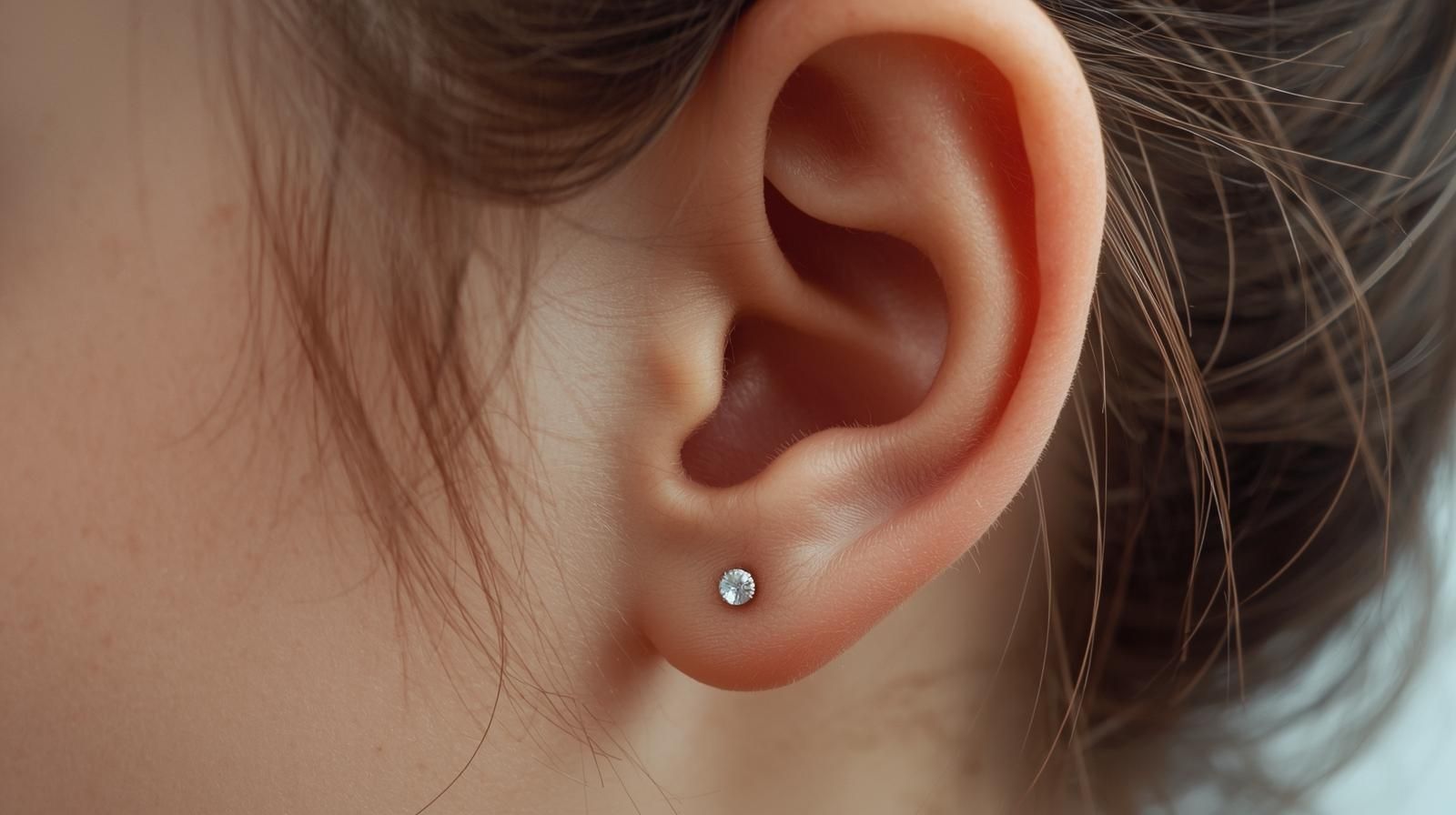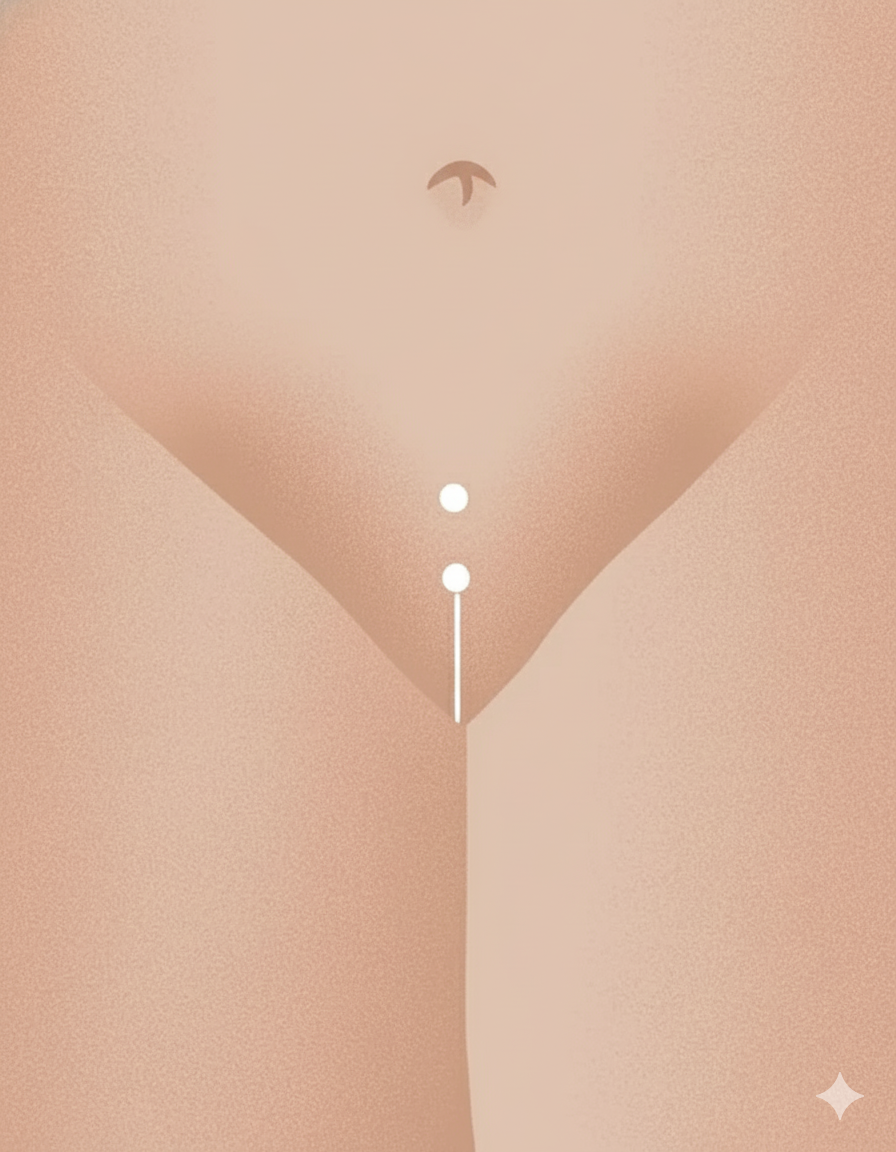Understanding the Healing Process
Every individual heals at their own pace, a concept that is crucial when dealing with body modifications like tongue piercings. The mouth is a moist environment that can both facilitate and hinder healing. Understanding the healing stages and what to expect can significantly reduce anxiety and ensure that you are prepared for each phase of the journey.
Initial Healing Stage
Immediately after getting your tongue pierced, you might experience swelling, which is a natural response to the trauma induced by the piercing. During this stage, the body works to close the wound from the inside out, creating a protective barrier against pathogens. For instance, a study by the British Journal of Oral and Maxillofacial Surgery revealed that swelling typically peaks within the first 72 hours post-piercing, highlighting the importance of managing inflammation early on to facilitate healing. To manage swelling effectively, it is recommended to use cold compresses and consume cold beverages, which can help reduce inflammation and provide relief.
Intermediate Healing Stage
This stage is marked by the gradual reduction of swelling and the formation of new tissue around the piercing site. It is during this period that many become impatient for change, but patience is key to avoid complications. A case study from a renowned Dublin piercing studio illustrated that individuals who adhere strictly to aftercare guidelines, such as regular saline rinses and avoiding irritants, often experience smoother transitions into the intermediate stage, thereby reducing the risk of infection or prolonged discomfort. Consistent oral hygiene practices, such as brushing teeth gently and using a non-alcoholic mouthwash, play a critical role in preventing infections during this phase.
Final Healing Stage
Complete healing involves not just the closure of the external wound but also the stabilisation of new tissue. This stage ensures that changing your jewellery won't disrupt the healing process or introduce new bacteria. According to a comprehensive survey conducted among piercing enthusiasts, those who waited until their piercings were entirely healed before changing jewellery reported significantly fewer complications, such as irritation or re-injury, compared to those who attempted changes prematurely. It is advised to consult with your piercer to confirm that the piercing is fully healed before making any changes.









